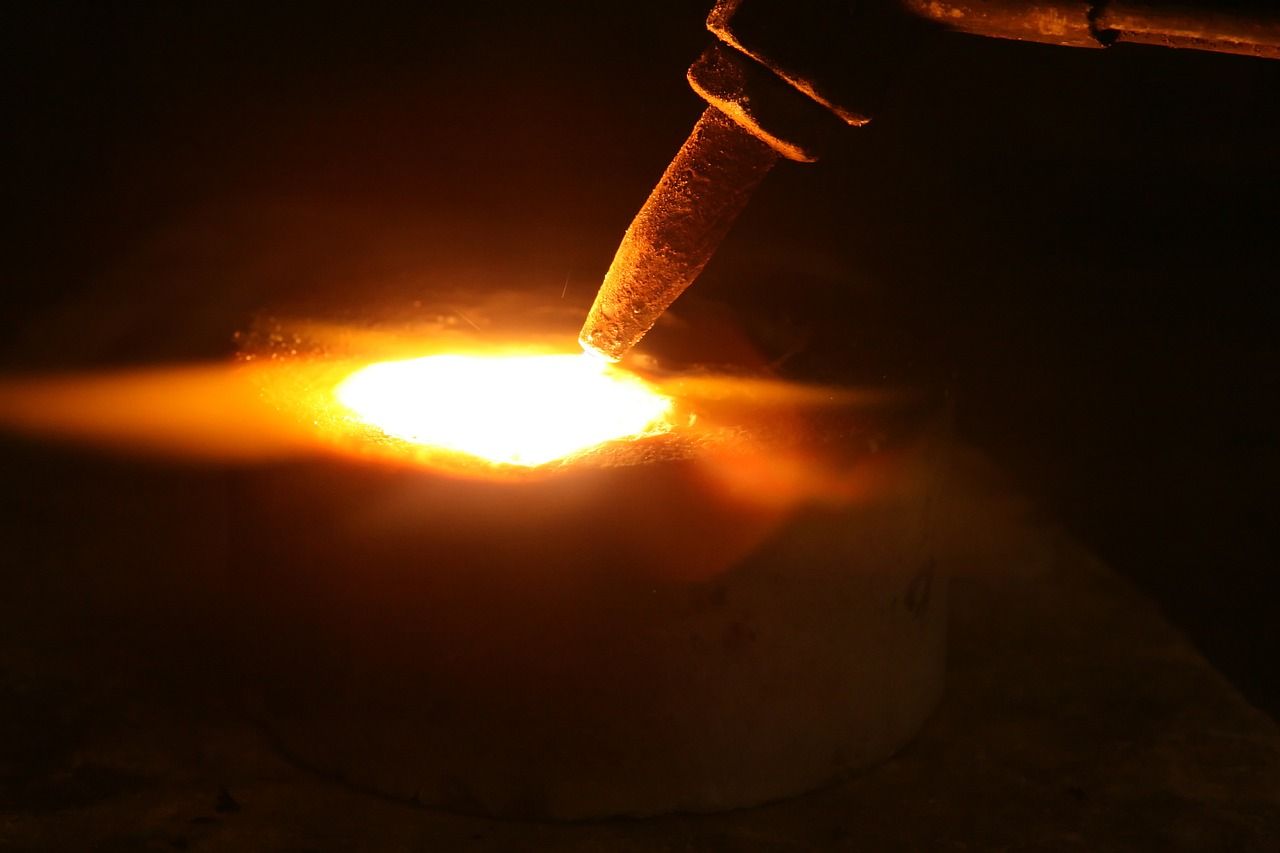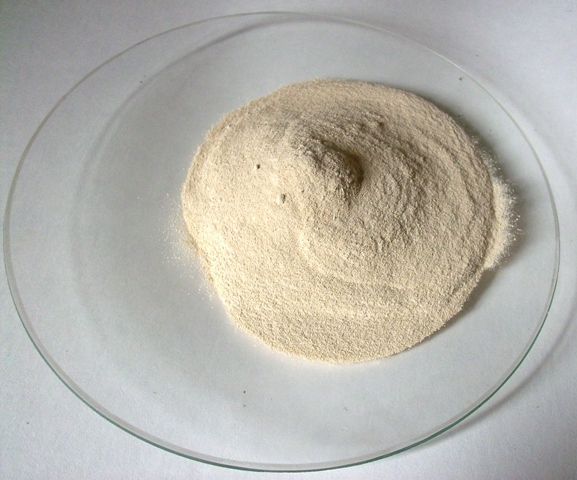 Acetylene and acetylides are easy to make and simple to understand.
Acetylene and acetylides are easy to make and simple to understand.
Acetylene (ethyne) is one of the tiniest organic compounds. Its formula is C₂H₂. The two carbon atoms share a triple bond. Its structure is HC≡CH. Acetylides are produced from acetylene by replacing one hydrogen atom.
Acetylene is a useful fuel. Despite this, acetylene can form acetylides that are extremely dangerous, explosive!
Making Acetylene
Making the gas is simple. Mixing calcium carbide with water makes acetylene.
CaC₂ + 2 H₂O → Ca(OH)₂ + C₂H₂↑
Calcium Carbide
Where does calcium carbide come from? Lime and coke are combined at temperatures ranging from 2000 to 2100 degrees C in an electric arc furnace.
CaO + 3C → CaC₂ + CO↑

Triple Bond
What is the origin of acetylene’s triple bond? The triple bond exists in the starting material, calcium carbide. Calcium has a valence of plus 2 and the two carbons having a triple bond between them have a combined charge of minus 2.
Properties
C₂H₂ is linear. It has an electron rich cylindrical field between the two carbon atoms. Relatively speaking, its hydrogen atoms are acidic. So the gas can forms salts. The salts are called acetylides. Not all acetylides are undesirable. Some of them are quite useful.
What is especially dangerous is certain metal acetylides. Their formula can be written
M⁺(-C≡C-R)⁻
M is a metal and R is hydrogen or an organic moiety such as methyl (CH₃⁻) or ethyl (CH₃CH₂⁻).
When used in organic synthesis, M is usually an alkali metal. R is an alkyl group that may be considerably more complicated than methyl or ethyl. The alkali metal allows coupling reactions. Afterward, the electron rich triple bond can undergo addition.
In fact, you may enjoy the following two-minute video demonstrating the small-scale detonation of silver acetylide:
Alkali Metal Acetylides
Alkali metals like sodium and lithium are extremely reactive. Dissolving them in liquefied ammonia (Warning: not household ammonia.), and then bubbling acetylene through the liquid, produces the acetylide.
Heavy Metal Acetylides
Acetylene cannot be stored in just any container. Storage containers must not be made of copper or brass. Why not? Because copper acetylide is highly explosive. So are the acetylides of other heavy metals, including silver and mercury.
Note: You might also enjoy Polyacetylene Conductive Polymer
References:
← Back to Classic Science
← Home
